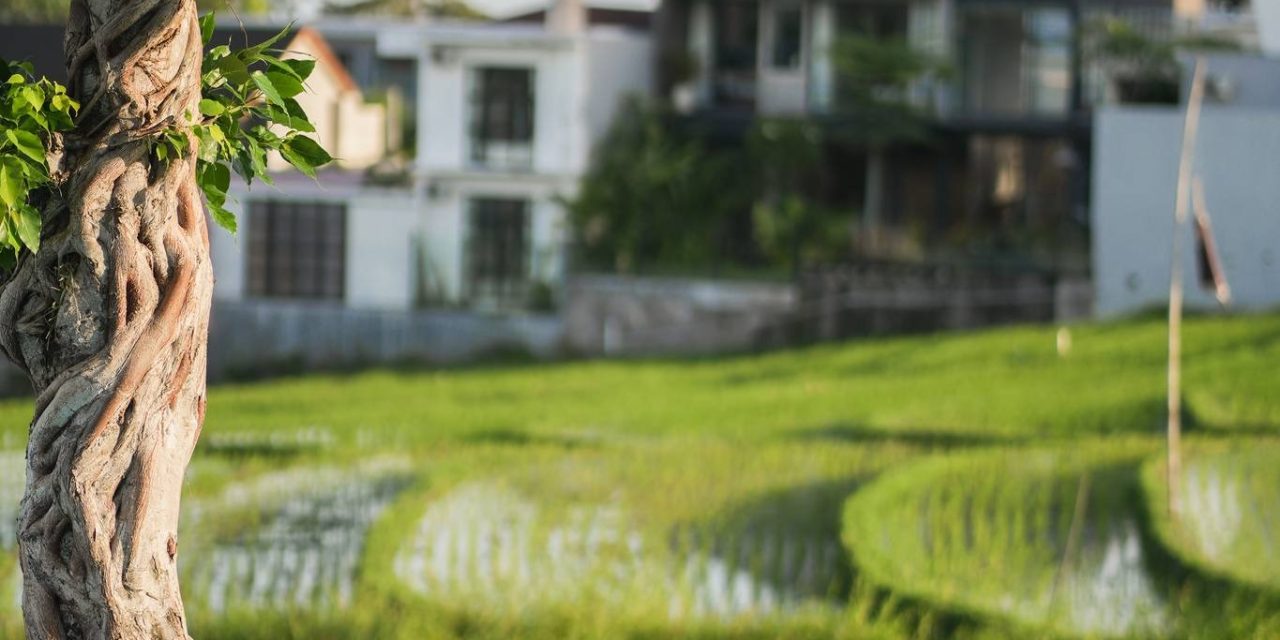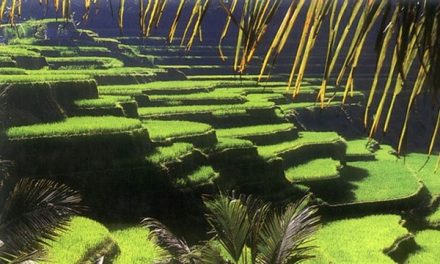Bali, often referred to as the “Island of the Gods,” is renowned for its stunning beaches, lush landscapes, and vibrant culture. However, beneath its picturesque facade lies a rich tapestry of wildlife that is both captivating and, sadly, in need of protection. As someone who has ventured into the heart of Bali, my experiences there have opened my eyes to the critical importance of wildlife conservation activities. Let’s explore how you can engage with the beauty of Bali’s wildlife while actively participating in conservation efforts.
Why Wildlife Conservation in Bali?
Before diving into specific activities, it’s essential to understand why conservation is vital in Bali. The island is home to diverse ecosystems, including coral reefs, tropical forests, and unique species such as the Bali Starling, an endangered bird endemic to the region. Unfortunately, tourism, habitat loss, and illegal wildlife trade have posed significant threats to these species. Engaging in conservation activities not only helps protect these animals but also enhances your travel experience by fostering a deeper connection to the environment.
Personal Anecdote: My First Encounter with Bali’s Wildlife
During my first visit to Bali, I had the opportunity to explore the Ubud Monkey Forest. As I wandered through the lush greenery, I was surrounded by mischievous long-tailed macaques. At first, my instinct was to take pictures and admire them from afar. However, as I observed their interactions—playful yet sometimes aggressive—I realized the importance of their habitat. The forest was not just a backdrop for my Instagram photos; it was a vital part of their ecosystem. This realization prompted me to seek out more ways to contribute to wildlife conservation while enjoying the beauty of Bali.
Engaging with Wildlife Conservation Activities
1. Volunteer Programs
One of the most enriching ways to contribute to wildlife conservation in Bali is through volunteering. Various organizations, such as the Bali Wildlife Rescue Centre and Bali Animal Welfare Association, offer volunteer programs that allow you to work directly with rescued animals. I spent a week at a wildlife rescue center, helping care for injured animals and learning about their rehabilitation processes. This hands-on experience was not only fulfilling but also educational, giving me insights into the challenges these organizations face.
Tip: Before committing, research the organization. Make sure they adhere to ethical practices and truly prioritize the well-being of the animals.
2. Educational Tours
Consider taking part in educational tours that focus on conservation efforts. For instance, the Manta Trust in Nusa Penida offers tours that educate visitors about manta rays’ importance in the marine ecosystem and the impact of pollution and overfishing. On one such tour, I was fortunate enough to snorkel alongside these majestic creatures. The experience was awe-inspiring and motivated me to advocate for marine conservation.
Relatable Scenario: Imagine swimming with a graceful manta ray, feeling the thrill of being so close to nature while also realizing that your presence supports conservation efforts. It’s a beautiful synergy of adventure and purpose.
3. Eco-Friendly Activities
Participating in eco-friendly activities is also an excellent way to support conservation. Many companies offer eco-tours, which include activities like clean-up dives, beach clean-ups, and tree planting. During my stay in Seminyak, I joined a local beach clean-up. Initially, I thought it would be a simple chore, but bonding with fellow volunteers over our shared goal made it a memorable experience. Plus, the satisfaction of leaving the beach cleaner than I found it was deeply rewarding.
Practical Advice: Bring your own reusable water bottle and bags, and encourage others to do the same. Every small step contributes to reducing waste and promoting sustainability.
4. Support Local Wildlife Sanctuaries
Visiting wildlife sanctuaries ethically can also play a significant role in conservation. The Bali Zoo and Turtle Conservation and Education Center are great places to learn about various species and the conservation efforts in place. During my visit to the Turtle Center, I was able to participate in a turtle release event. Watching baby turtles make their way to the ocean, with the staff closely monitoring their journey, reminded me of the delicate balance between nature and human intervention.
Unique Insight: These sanctuaries often rely heavily on ticket sales and donations for funding. By supporting them, you’re not only enjoying a unique experience but also directly aiding their conservation efforts.
5. Advocacy and Awareness
Sometimes, the most impactful way to engage in wildlife conservation is through advocacy. Share your experiences on social media, participate in local conservation discussions, or even initiate projects in your community. For example, after my trip, I organized a small seminar at my local community center to raise awareness about endangered species in Bali and the importance of sustainable tourism.
Conversation Starter: Discuss with your friends and family the fascinating wildlife you encountered in Bali and encourage them to consider conservation when they travel.
The Bigger Picture: Your Role
Engaging in wildlife conservation activities while visiting Bali is not just about giving back—it’s about becoming part of a larger community that values and protects the environment. Your actions, no matter how small, can contribute to the overall sustainability of this beautiful island.
By participating in these activities, you create lasting memories and forge a connection with Bali that goes beyond the typical tourist experience. Remember, it’s all about balance—enjoying the wonders of nature while ensuring they are preserved for future generations.
Final Thoughts
As I reflect on my journey through Bali and the wildlife conservation activities I engaged in, I realize these experiences have enriched my life in profound ways. Not only did they deepen my appreciation for nature, but they also made me understand the collective responsibility we share in protecting our planet and its inhabitants.So, whether you’re a traveler, an animal lover, or an adventure seeker, I encourage you to immerse yourself in Bali’s wildlife conservation efforts. Together, we can make a difference—one turtle release, one volunteer hour, and one clean beach at a time. Let’s embrace the spirit of Bali and join hands in conserving its incredible wildlife!






